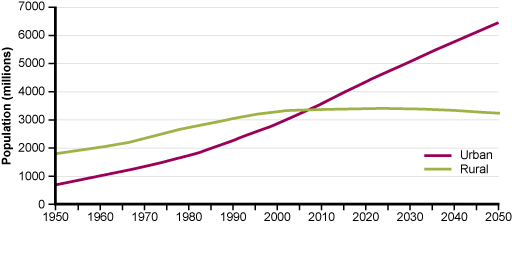Urban Neighborhood
A Urban Neighborhood is a social community in an urban area.
- AKA: Urban Community.
- Context:
- It can (typically) include Consumer Businesses that cater to its residents; such as schools, grocery stores, shopping centers, restaurants, etc.
- It can (often) include Residential Areas with high-density housing.
- It can range from being a Rich Urban Neighborhood to being a Poor Urban Neighborhood.
- It can range from being a Thriving Urban Neighborhood to being a Decaying Urban Neighborhood.
- Example(s):
- a San Francisco Neighborhood, such as Hayes Valley, and Duboce Triangle.
- a Vancouver, BC Neighborhood, such as Kitsilano, and Point Gray.
- …
- Counter-Example(s):
- an Urb-Suburb, such as Brooklyn, NY.
- a Suburban Neighborhood, such as the twee hipsturbia of Hastings-on-Hudson, N.Y..
- a Central Business District, such as a Financial District.
- a Rural Community.
- a Working Area.
- See: Satellite City, Commuting, Neighborhood.
References
2019
- (Wikipedia, 2019) ⇒ https://en.wikipedia.org/wiki/Residential_community Retrieved:2019-1-14.
- A residential community is a community, usually a small town or city, that is composed mostly of residents, as opposed to commercial businesses and/or industrial facilities, all three of which are considered to be the three main types of occupants of the typical community.
Residential communities are typically communities that help support more commercial or industrial communities with consumers and workers. That phenomenon is probably because some people prefer not to live in an urban or industrial area, but rather a suburban or rural setting. For that reason, they are also called dormitory towns, bedroom communities, or commuter towns.
An example of a residential community would include a small town or city outside a larger city or a large town located near a smaller but more commercially- or industrially-centered town or city, for instance Taitou in Gaocun, Wuqing, Tianjin, China.
- A residential community is a community, usually a small town or city, that is composed mostly of residents, as opposed to commercial businesses and/or industrial facilities, all three of which are considered to be the three main types of occupants of the typical community.
2016
- http://www.open.edu/openlearncreate/mod/oucontent/view.php?id=79940&printable=1
- QUOTE: More than half of the world’s population lives in urban areas. Due to the ongoing urbanisation and growth of the world’s population, there will be about 2.5 billion more people added to the urban population by 2050, mainly in Africa and Asia. The world’s urban areas are highly varied, but many cities and towns are facing problems such as a lack of jobs, homelessness and expanding squatter settlements, inadequate services and infrastructure, poor health and educational services and high levels of pollution.
In this study session, you will learn about the trends in urbanisation and the causes of urban growth. You will also learn about the demographic, health, environmental and social consequences of urbanisation.

- QUOTE: More than half of the world’s population lives in urban areas. Due to the ongoing urbanisation and growth of the world’s population, there will be about 2.5 billion more people added to the urban population by 2050, mainly in Africa and Asia. The world’s urban areas are highly varied, but many cities and towns are facing problems such as a lack of jobs, homelessness and expanding squatter settlements, inadequate services and infrastructure, poor health and educational services and high levels of pollution.
2015
- http://www.trulia.com/blog/trends/cities-vs-suburbs-jan-2015/
- QUOTE: ... we define urban neighborhoods as ZIP codes (technically, ZCTAs — ZIP Code Tabulation Areas) where a majority of the housing is apartments, attached townhouses, or other multi-unit buildings; suburban neighborhoods are those where a majority of the housing is single-family detached houses. We used this methodology rather than simply identifying the biggest city in a metro as “urban” and treating the rest of the metro as the “suburbs,” as other reports on cities-versus-suburbs often do. The problem with using city boundaries is that many neighborhoods outside of the biggest city are actually much more urban than some neighborhoods within a city’s boundary. For instance, our definition classifies Hoboken, NJ, Central Square in Cambridge, MA, and Santa Monica – which are all very dense – as urban neighborhoods, even though they’re outside the city boundaries of New York, Boston, and Los Angeles, respectively.